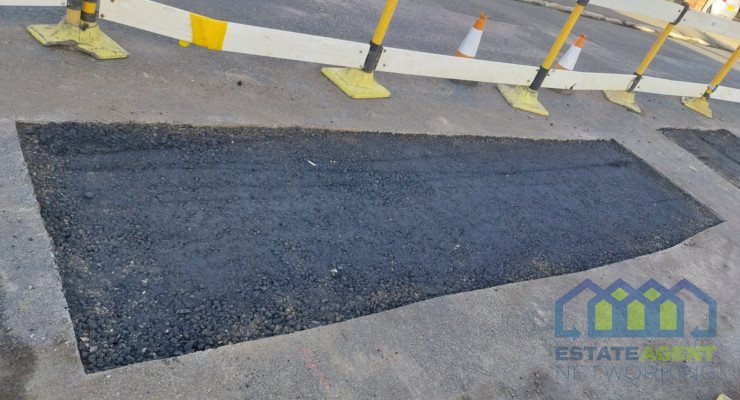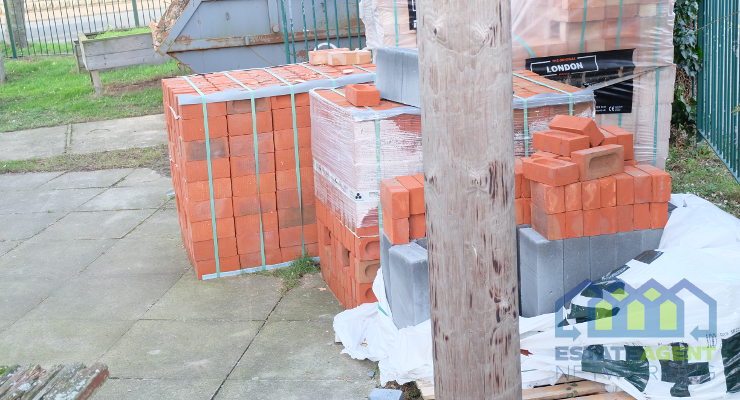5 Things To Know About Truck Drivers’ Safety
Thanks to poor weather conditions, poor roads and reckless drivers, every seasoned truck driver knows how tricky driving can get. You could be dealing with thick fog that makes steering clear hard or a slippery surface from ice. Poor roads and your fellow driving buddies won’t spare you, either.
A ton of road shenanigans make driving unsafe even for experienced drivers. But you want to make it home at the end of the day, so you must always look out for yourself. Whether it’s a quick delivery trip or traveling for days cross-country, completing the journey is the goal.
Now, to secure your goods and yourself from any harm along the way, there are essential things you need to keep in mind. Stick around, and find out how you can up your safety game as a truck driver.
1. Read Weather Reports
When planning for a drive, it’s wise to know what the weather looks like on your route. No matter how tight your delivery schedule is, it helps to know what Mother Nature has in store for you and plan things accordingly.
Assuming the weatherman promises ice-cold weather, be sure to carry a winter survival kit. Throw in cozy warm clothes and snow chains without leaving out the jumper cables- you might need it. And when driving, be extra cautious to avoid sliding.
Additionally, driving in extreme weather conditions with low visibility can mess you up. Maintaining a reasonable distance from other vehicles is advisable to avoid collision from unexpected stops.
Ideally, you need a game plan for the expected weather. Following Truck Driver News teaches you how to play it safe in various situations and ultimately protect yourself from potential accidents.
2. Improve Comfort
Comfort is a weighty issue that most people imagine. If you are spending days and nights on the road, an uncomfortable seat and unregulated temperatures in the cabin can be a great source of fatigue and distraction, putting your life at risk. Even tiny issues like tight clothes or shoes could make you uncomfortable and lose focus.
Outside the environmental factors, you must also be physically and mentally fit. Small adjustments like improving your sitting posture, taking breaks, and managing stress can help reduce pain and enhance clarity on the road.
Before you hit the road, clean the air filters, add lumbar support to your seat, ensure the seat belt is comfortable, and get a seat cushion and comfortable steering wheel cover. The controls like gas, gear lever, and brake pads should also be within easy reach to avoid strang your hands or legs.
3. Do Proper Safety Inspection
There’s no doubt that cruising behind the wheel is enjoyable. But before you get to the fun part, you must do away with the hard stuff- performing a thorough truck inspection. As a driver, take this as your #1 priority because it truly counts to making the trip safe.
Take your time to perform a comprehensive pre-inspection of; wheels, steering, and brakes, and have all emergency tools packed.
To step up your safety further, perform a routine post-trip inspection. The goal is to identify and fix issues arising from the completed trip.
4. Learn Defensive Driving
No matter your driving experience, you have little control over what happens outside the truck. Even if you drive carefully, threats could come from obstacles on the road, extreme weather conditions, or reckless driving. All it takes to compromise your safety is just one of these hazards to happen. This is where defensive driving comes into play; it prepares you for such scenarios.
Sharpening your driving game by learning defensive driving helps keep everyone safe on the road. This technique is all about being aware of potential road hazards while driving. It teaches you to anticipate potential driving hazards, navigate or avoid accidents, and prevent further problems.
Generally, this safe driving habit requires you to be in a good physical and mental state, keep a safe driving distance (3-second drive gap), minimize distractions from your phone, radio, or eating, vigilantly identify potential hazards, and adhere to local traffic signs and guidelines.
5. Be Ready for Emergency
Many things could go wrong on the road. While you can not adequately prepare for each situation, you can significantly improve your safety by preparing for an emergency. This should cover everything from identifying potential problems to understanding the ideal response.
For instance, if you expect a snowstorm, you need winter emergency tools to take care of yourself and the truck. That could include a jump starter, extra gloves, healthy snacks, shovel, boots, signal devices, flashlight, spare tire, safety triangle, warm blankets, etc. As you invest in quality tools, also learn how to deal with such winter situations and have a game plan.
Conclusion
Truck driving is a pretty cool job when you’ve aced your safety and comfort. With these crucial tips, you can look forward to safe, stress-free trips free from missed delivery deadlines or road dramas. Do more research for other helpful tips and use them for guaranteed safety as you traverse the country.









